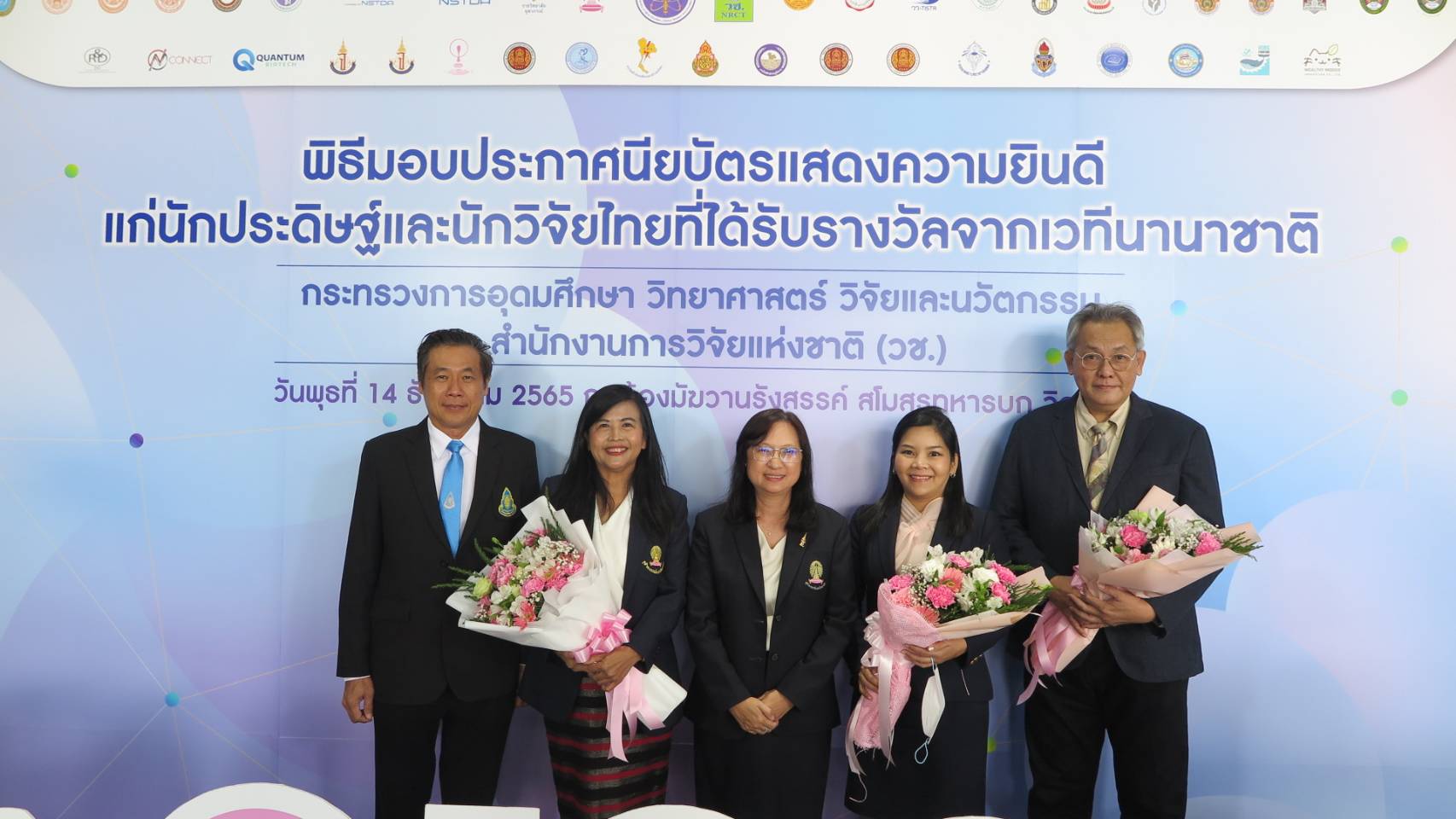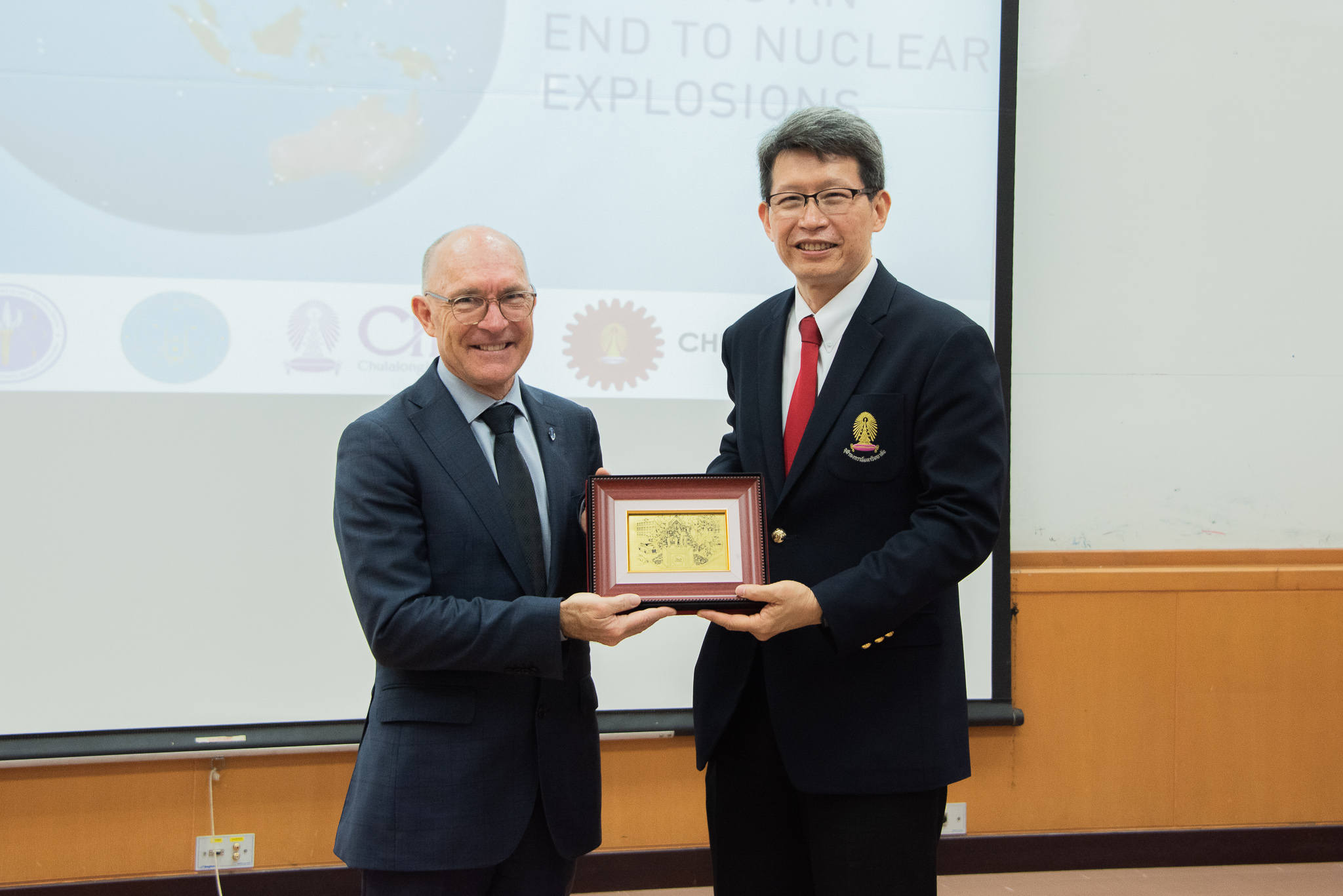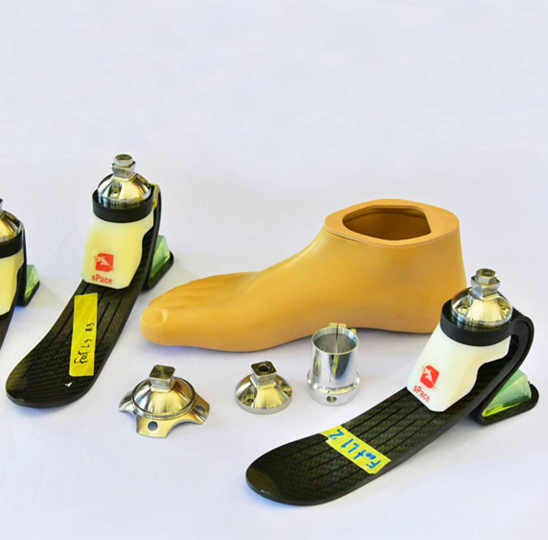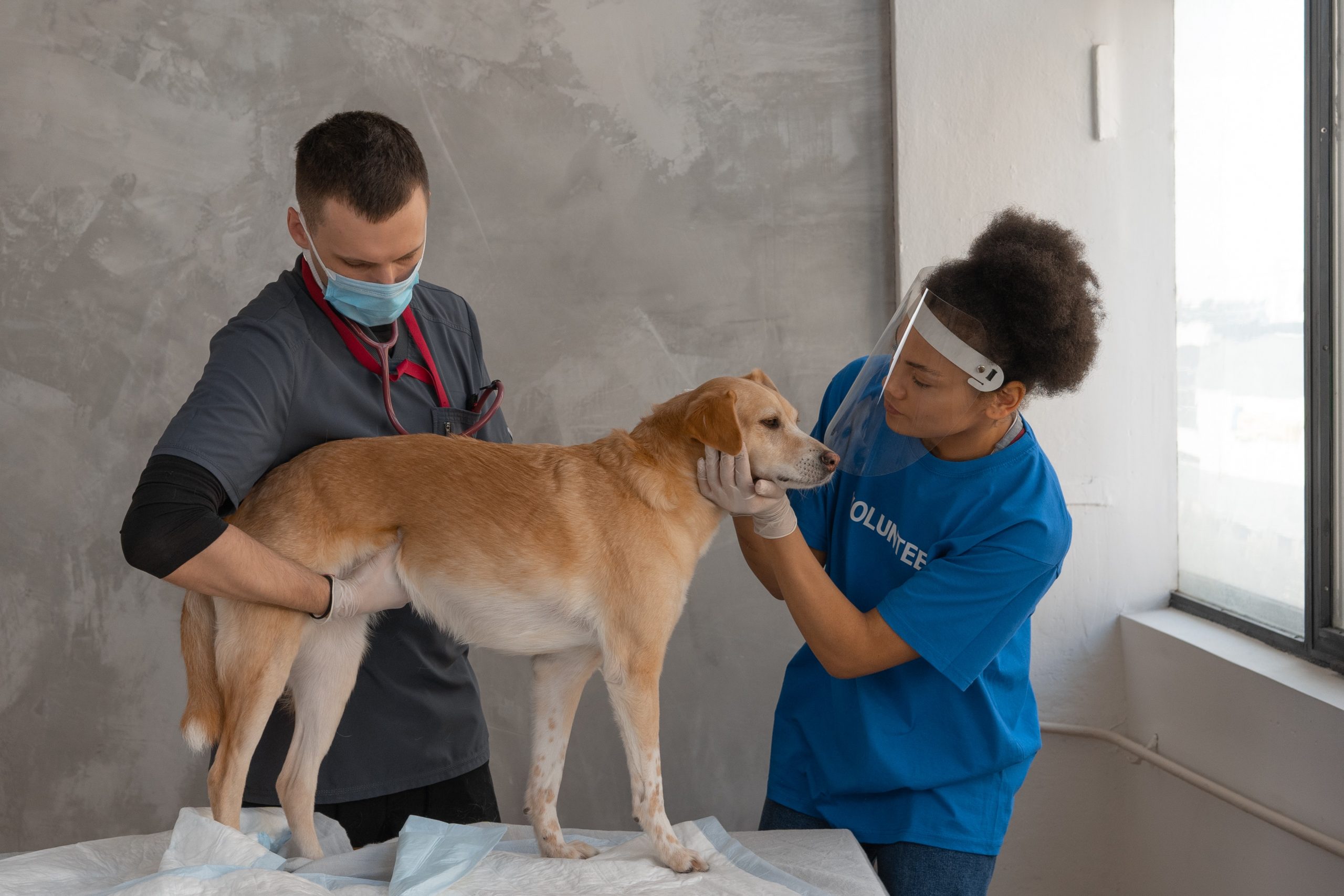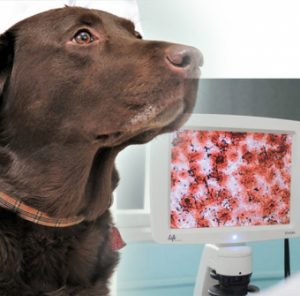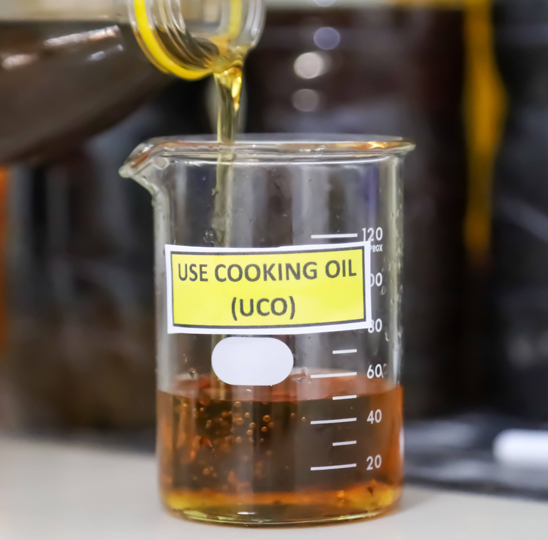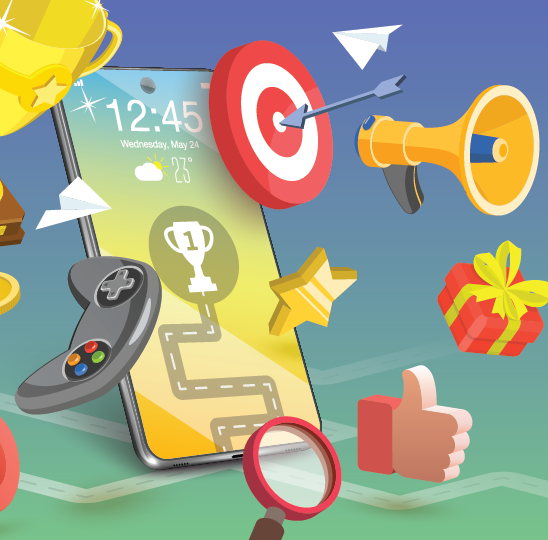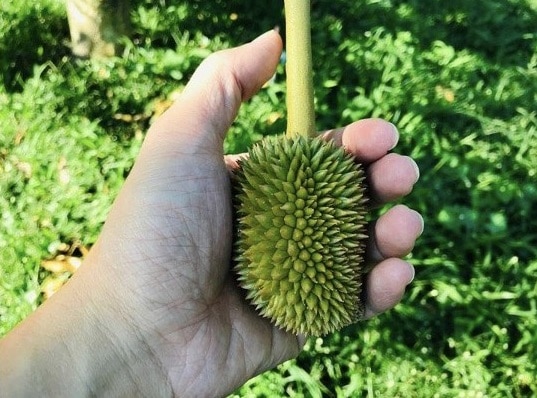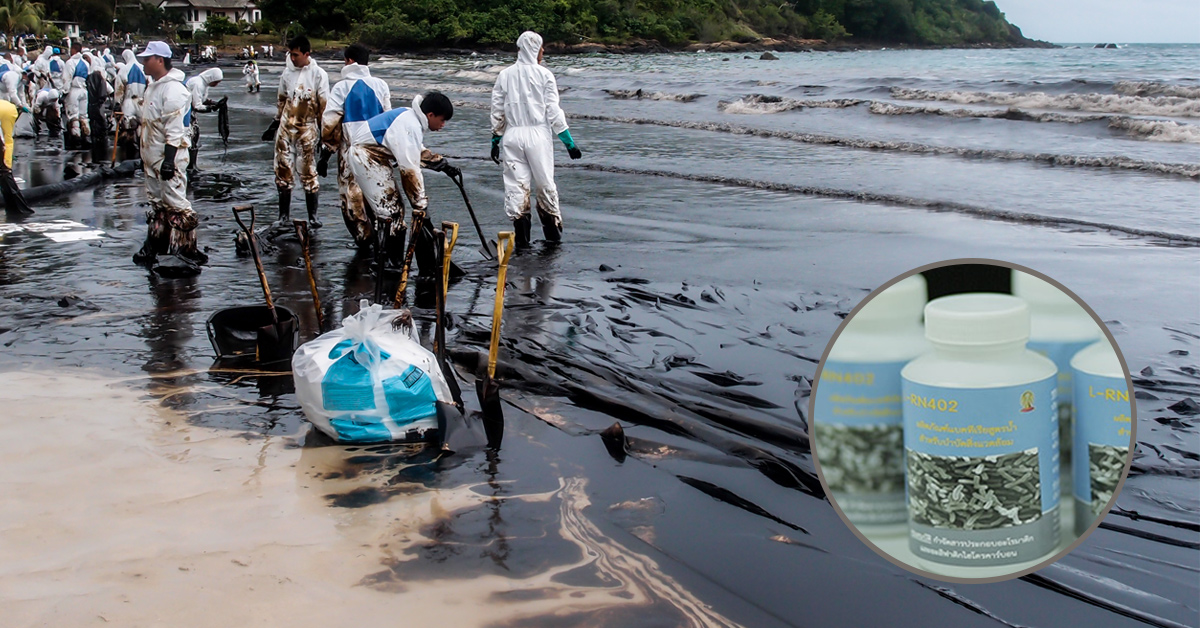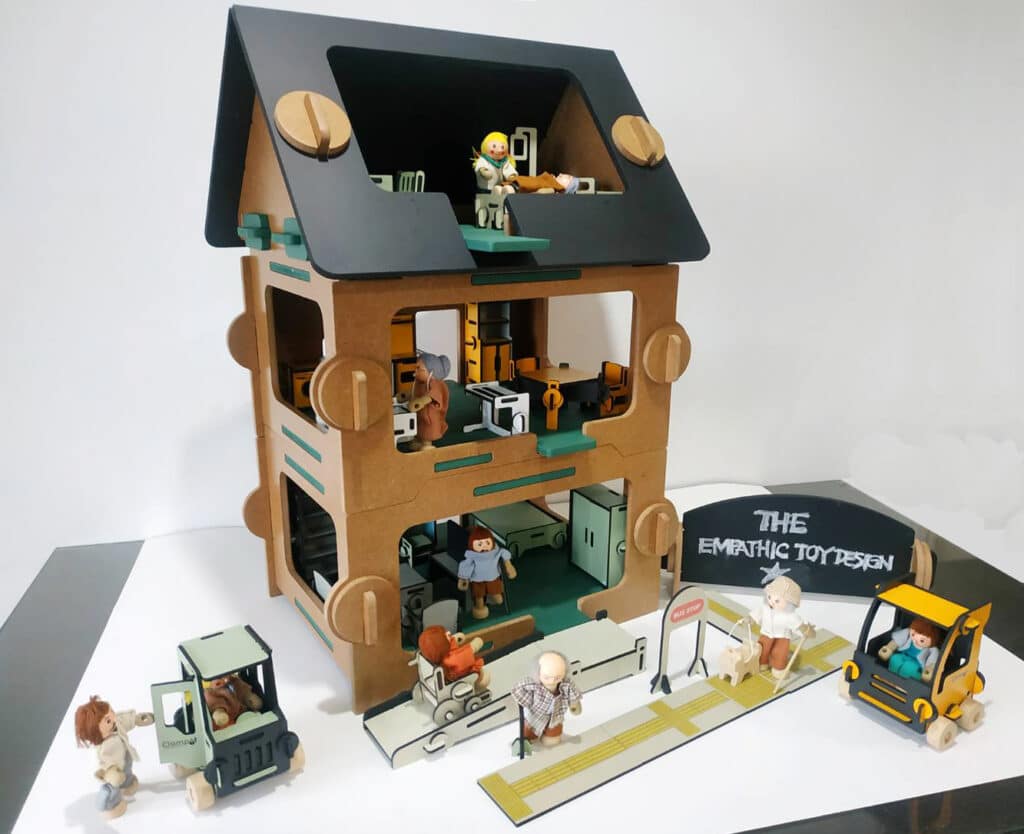Each year, many people suffer from stroke, die, or become disabled and helpless. Although this disease is a sudden occurrence, it is not impossible to assess the risk in advance to prevent it.
The research team from the Faculty of Medicine and the Faculty of Engineering, Chulalongkorn University have worked together to invent a tool to help assess the chance of developing a stroke caused by various causes, starting with a tool to assess stroke risk caused by heart disease called “AICute”. It is hoped that the innovation will support the care given to patients in community hospitals and small hospitals in remote areas where there is often a lack of tools and cardiologists.
Higher occurrences of stroke
Thailand has approximately 250,000 patients suffering from stroke every year. In other words, every 2 minutes, one person is likely to suffer from the disease! Of these, 30 percent may die, 30 percent are severely disabled, unable to move their limbs and their mouths appear crooked, and 40 percent of patients have a chance to completely recover or have only a few remaining symptoms.
Although most patients who suffered from a stroke are in their 50s-60s, today, the age range is increasingly younger as a result of lack of physical activity and rest, smoking, substance abuse, an imbalanced diet, and chronic diseases such as hypertension, hyperlipidemia, diabetes, snoring/sleep apnea, and heart disease.
Stroke caused by heart disease is preventable if detected early
Although stroke is life-threatening if the cause of the disease is known and treated quickly, the likelihood of recovery from the disease is high and the recurrence of the disease can be reduced.
“Determining the cause of the disease is important to provide accurate and effective treatment. If the cause is not determined, there is a chance that the disease will reoccur. And when it is repeated for the second time, the third time, the chance of being disabled is increased, causing the dependency and cost increase to be borne by the caregiver,” said Wasan Akarathanawat, M.D., the Chulalongkorn Stroke Center of Excellence.
Stroke can be caused by many reasons (read more in the information box). Each case has a different treatment approach. Currently, 18% of stroke is caused by heart disease. “Patients in this group often suffer from atrial fibrillation and valve dysfunction or cardiac hypertrophy, which leads to a risk of thrombosis inside the heart, and the clot could drift and cause blockage in the brain, resulting in a stroke.”
Inspiration in the Development of AICute
Dr. Wasan explained that to determine the cause of stroke caused by heart disease, a thorough cardiac examination by a skilled cardiologist, echocardiography and cardiac monitoring device are needed — a factor that is still scarce in community hospitals and small hospitals in remote areas.
“Such a hospital would not be able to refer patients for detailed checkups due to the relatively high cost. Also, sending patients to large hospitals, cardiology centers or medical schools would cause congestion in hospitals. This is why the research team has chosen first to develop innovations to assess the stroke caused by the heart.” Dr. Wasan, one of AICute’s research and development team members, further explains the meaning of the AICute name “AICute spoken quickly sounds similar to the word acute, which refers to the sudden appearance of a stroke that requires immediate treatment.”
Apart from Chulalongkorn Stroke Center of Excellence, the Faculty of Medicine of Chulalongkorn University, AICute innovation is achieved through collaboration with the Faculty of Engineering of Chulalongkorn University and a group of Chula students under the auspices of Chulalongkorn University Technology Center (Chula UTC).
AICute – an easy, quick, and accurate patient assessment tool
AICute is a web application with artificial intelligence (AI) to analyze and evaluate patients for the risk of stroke from heart disease. It enables doctors in the community and small hospitals to make decisions and send patients to heart examinations more rapidly, making the treatment of stroke more effective.
Dr. Wasan explains the use of AICute “doctors who use the device simply log in through the web application and fill in 2 sets of data: patient’s symptoms and their partial history, together with 30-32 brain scans. Most of the small hospitals are already equipped with brain scan machines. The application then processes the data in about 30-32 minutes and then summarizes it into a report on the likelihood of stroke caused by heart disease. Afterward, the practicing physician will read the results and decide if the patent should be referred to a cardiologist for further diagnosis.”
According to Dr. Wasan, AICute’s accuracy is at 92-94 percent according to the database of 40,000 high-resolution X-ray images. Moving ahead with AI development to identify the cause of stroke and save Thai people’s lives . Dr. Wasan reveals that AICute is still in the research phase and has been tested at Chulalongkorn Memorial Hospital with satisfactory results. “The research team plans to continue the research in a large group of real patients and collect data outside of Chula Hospital to improve the AI. It also develops an easy and beautiful interface that is expected to be completed around the middle of this year (2023) and open to other interested hospitals to use and develop the application together. In the long run, it will be released as paid commercial software.” In the future, the research team also plans to develop AI to detect strokes from other causes, which may require additional databases of x-ray images and angiography.
Hospitals interested in AICute can contact Chulalongkorn Stroke Center of Excellence, King Chulalongkorn Memorial Hospital, Bhumisiri Building, 7th Floor, Zone C, or call +662 256 4000 Ext. 80724-5 .
Continue reading at https://www.chula.ac.th/en/highlight/106014/



